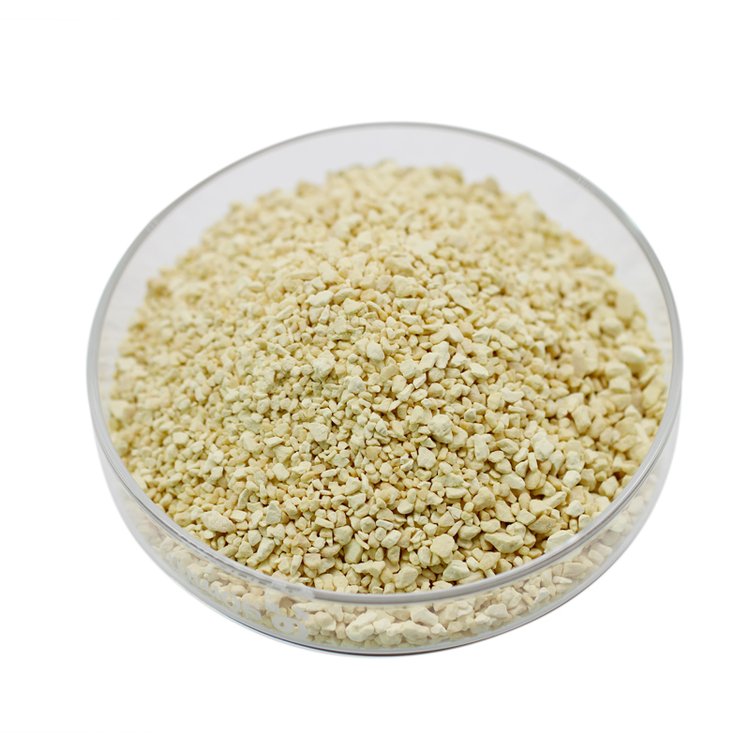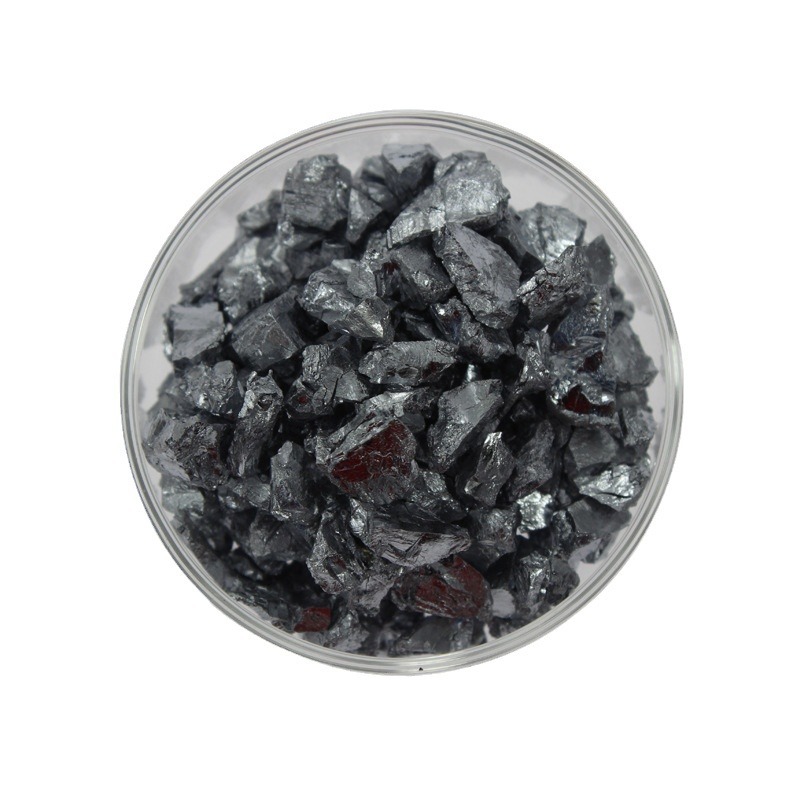Showing 25–36 of 195 results
-

- Excellent Soldering Properties: Ideal for bonding and joining materials in microelectronics.
- High Thermal and Electrical Conductivity: Ensures efficient heat dissipation and electrical performance.
- Corrosion Resistance: Offers longevity and stability under harsh conditions.
- Stable at High Temperatures: Suitable for high-temperature soldering and welding applications.
- Customizable Sizes: Available in nano to micrometer scale for various uses.
-

$40.00 – $320.00
- Transparent Conductive Oxide: AZO provides high transparency in the visible range and good electrical conductivity, making it ideal for optoelectronic devices.
- Low-Cost Alternative to ITO: AZO is an affordable alternative to indium tin oxide, which is commonly used but more expensive due to the scarcity of indium.
- Stable in Different Environments: AZO thin films exhibit good chemical and thermal stability, making them suitable for various environmental conditions.
- High Transmission: AZO films offer high transparency in the visible spectrum, which is critical for applications like displays and solar cells.
- Tunable Properties: By adjusting the aluminum doping level, the electrical and optical properties of AZO can be tuned for specific applications.
-


- High Hardness: Boron is extremely hard, making it ideal for applications requiring wear resistance.
- High Melting Point: Boron has a high melting point of 2,075°C, making it suitable for high-temperature deposition processes.
- Excellent Chemical Resistance: Boron is chemically inert in many environments, offering durability in corrosive conditions.
- Neutron Absorption: Boron is capable of absorbing neutrons, making it useful in nuclear shielding applications.
- Low Density: Boron is lightweight, making it suitable for applications requiring minimal mass, such as aerospace and optics.
-

- High Purity: Ensures optimal performance in sensitive applications.
- Thermal Stability: Maintains integrity under high-temperature conditions.
- Optical Transparency: Ideal for optical and electronic coatings.
- Versatile Uses: Applicable across industries including electronics, optics, and materials science.
- Customizable Sizes: Available in various pellet sizes to meet specific requirements.
-

- High purity (≥99.99%).
- Outstanding dielectric and ferroelectric properties.
- Suitable for thin-film deposition techniques such as PVD.
- Uniform pellet size for consistent results in industrial and research settings.
- Custom sizes and packaging available.
-


- Low Toxicity: Bismuth is one of the few heavy metals considered relatively non-toxic, making it a safer alternative for certain applications.
- Unique Electrical Properties: Bismuth exhibits interesting electronic properties, such as a high Hall coefficient and low thermal conductivity, beneficial for thermoelectric applications.
- High Density: Bismuth’s high atomic mass and density make it suitable for applications requiring heavy elements.
- Low Melting Point: With a melting point of 271.4°C, bismuth is relatively easy to evaporate, allowing for low-temperature thin-film deposition.
- Optical Characteristics: Bismuth coatings can manipulate light in specific wavelengths, contributing to its use in optical and IR coatings.
-

- High Refractive Index: Bi₂O₃ offers one of the highest refractive indices among common oxides, making it ideal for optical applications requiring high index materials.
- Photoconductivity: It exhibits strong photoconductivity, enabling applications in photoelectric and photonic devices.
- Wide Bandgap: Its wide bandgap makes it suitable for optoelectronic applications, particularly in UV-visible light applications.
- Good Stability: Bi₂O₃ has good thermal and chemical stability, ensuring durable and reliable coatings in harsh environments.
- High Ionic Conductivity: Useful in fuel cells and solid-state batteries due to its high oxygen ion conductivity at elevated temperatures.
-

- Semiconducting Properties: Bi₂S₃ is a narrow-band-gap semiconductor, which makes it efficient for applications requiring light absorption, such as solar cells and photodetectors.
- High Absorptivity: The material has high light absorption in the visible and near-infrared ranges, making it ideal for optoelectronic applications.
- Good Thermal Stability: Bi₂S₃ thin films are thermally stable, making them suitable for high-temperature applications such as thermoelectric devices.
- Non-toxic Alternative: Bismuth-based materials, including Bi₂S₃, are considered less toxic compared to heavy metal-based semiconductors, offering a more environmentally friendly option for various applications.
-

- High Thermoelectric Efficiency: Bi2Se3 has a high figure of merit (ZT), making it highly efficient for thermoelectric conversion.
- Topological Insulator Properties: It exhibits insulating behavior in its bulk with conductive surface states, which are resistant to backscattering and have potential in quantum computing.
- Good IR Absorption: Bi2Se3 is efficient in absorbing infrared radiation, making it useful in IR detectors and sensors.
- Stable at High Temperatures: It offers thermal stability and is suitable for evaporation at high temperatures, enabling consistent film formation.
- High Purity: Available in high purity, ensuring reliable and high-quality thin films for sensitive applications.
-

- High purity (≥99.99%).
- Exceptional thermoelectric properties.
- High electrical and thermal conductivity.
- Uniform pellet size for consistent deposition and performance.
- Customizable sizes and packaging for various applications.
-

- Low Melting Point: Excellent for low-temperature soldering and thermal interface materials.
- Thermoelectric Properties: Exhibits promising performance in energy harvesting systems.
- Customizable Particle Size: Available in various sizes tailored to application needs.
- High Purity: Ensures reliable performance in precision applications.
- Environmentally Friendly: Contains no lead, making it suitable for eco-friendly applications.
-

- High Purity: BiSb pellets are typically available in high purity (99.9% or higher), ensuring the production of high-quality thin films free from contaminants.
- Thermoelectric Efficiency: The combination of Bismuth and Antimony provides exceptional thermoelectric properties, which is crucial for enhancing energy conversion efficiency in thin films.
- Uniform Evaporation: The spherical or irregular shape of the pellets allows for even melting and vaporization during the evaporation process, resulting in uniform deposition on substrates.
- Low Melting Point: BiSb alloys have a relatively low melting point, making them easier to handle in evaporation systems without the need for extreme temperatures.














